Weeping Virgin Mary Statue Prompts Investigation From Catholic Diocese
A Roman Catholic diocese in New Mexico is investigating reports that a Virgin Mary statue at a local church is shedding tears.
Visitors have been flocking to the statue at Our Lady of Guadalupe Catholic Church in Hobbs since May, when people attending Mass first started noticing fluid dripping down the bronze statue’s face. The statue has shown signs of weeping at least two times, according to the Diocese of Las Cruces ― and church officials have yet to determine how this could have happened.
Deacon Jim Winder, the diocese’s vice chancellor and one of the official investigators of the phenomenon, told HuffPost that the first “lacrimation” happened on Pentecost Sunday, May 20, a day in the Catholic liturgical calendar celebrated as the birthday of the church. The first lacrimation lasted about four to five hours, Winder said. A second one on June 2 was shorter in duration. The “tears” were witnessed by at least 50 people, and the diocese has photos and videos of the occurrence, Winder said.
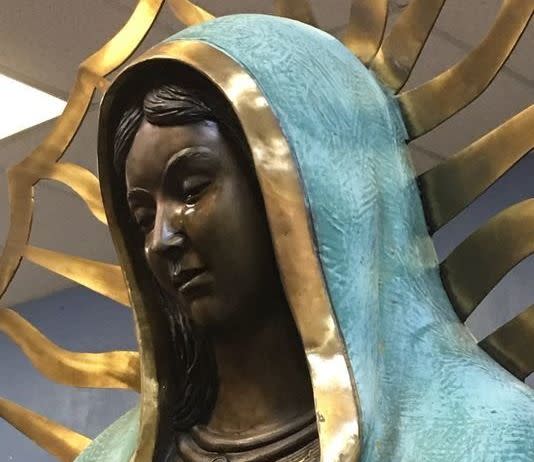
Winder said a chemical analysis identified the liquid as a mixture of olive oil and balsam oil. This is similar to the sacred chrism oil used by priests in church ― although the oil “tears” from the statue were clear, while chrism oil is typically brown.
The diocese told Las Cruces Sun-News that it found nothing unusual after examining the interior of the hollow statue. Investigators also reportedly ruled out the possibility that it was caused by a manufacturing defect.
“We have not yet found a natural or human explanation for the phenomena,” Winder told HuffPost, adding that “no adulteration was identified.”
Winder said the next steps in the investigation will be to write up a full report for the diocese’s Bishop Oscar Cantú, and to “watch and see effect this phenomena has on the community” in order to potentially deem the phenomenon as a miracle. Cantú also plans to visit the church soon to see the statue for himself.
Rev. Jose Segura, the priest at Our Lady of Guadalupe Catholic Church, told the Washington Post through a translator that there are cameras at the church. If he had determined the weeping statue was a manmade hoax, the priest said he would have put an end to it.
“There was a moment when it happened that he didn’t believe,” Judy Ronquillo, the business manager for the church, said about the priest. “But now he believes.”
Ultimately, Cantú has the final say on determining whether the occurrence is a miracle, Winder said. It’s only on rare occasions that the Vatican feels the need to step in.
Official church investigations into potential miracles can take decades. Local bishops usually refrain from making decisive conclusions about these events, instead letting the phenomenon play out naturally among local Catholics.
“If the response in the community is one of faith, peace etc, then there is no need for an official statement,” Winder said. “If it is determined that this is a fraud or that it is being mishandled or misinterpreted, then the bishop would act promptly. At this point, there has been no need for him to make any declarations.”
A video from the Hobbs News-Sun purports to show a weeping Virgin Mary statue.
Catholics in the region are already responding enthusiastically to reports of the weeping statue. The sculpture has attracted visitors from across the U.S, according to Hobbs News-Sun.
Cantú said he’s read testimonies of “tremendous faith” from people who have viewed the statue.
“People who have been dealing with terrible suffering in their lives and have felt a tremendous spiritual consolation that Mary walks with us in our tears,” he told Las Cruces Sun News.
Ronquillo told the Hobbs News-Sun that she believes the weeping statue is a “miracle.”
“There are a lot of people who have come through there that are reporting miracles of people being sick and getting healed from the tears,” she said.
Winder said the diocese has been urging local Catholics to approach the supposed miracle with caution.
“There is a danger in people ‘worshiping’ a chuck of metal, miracle or not, because it is not God, only a sign from God at best,” he said. “If it is a miracle, then it is a sign of God’s love and a warning, which should only serve to bring us all closer to God and the truths of our faith.”
Also on HuffPost
Love HuffPost? Become a founding member of HuffPost Plus today.
1531, Guadalupe, Mexico
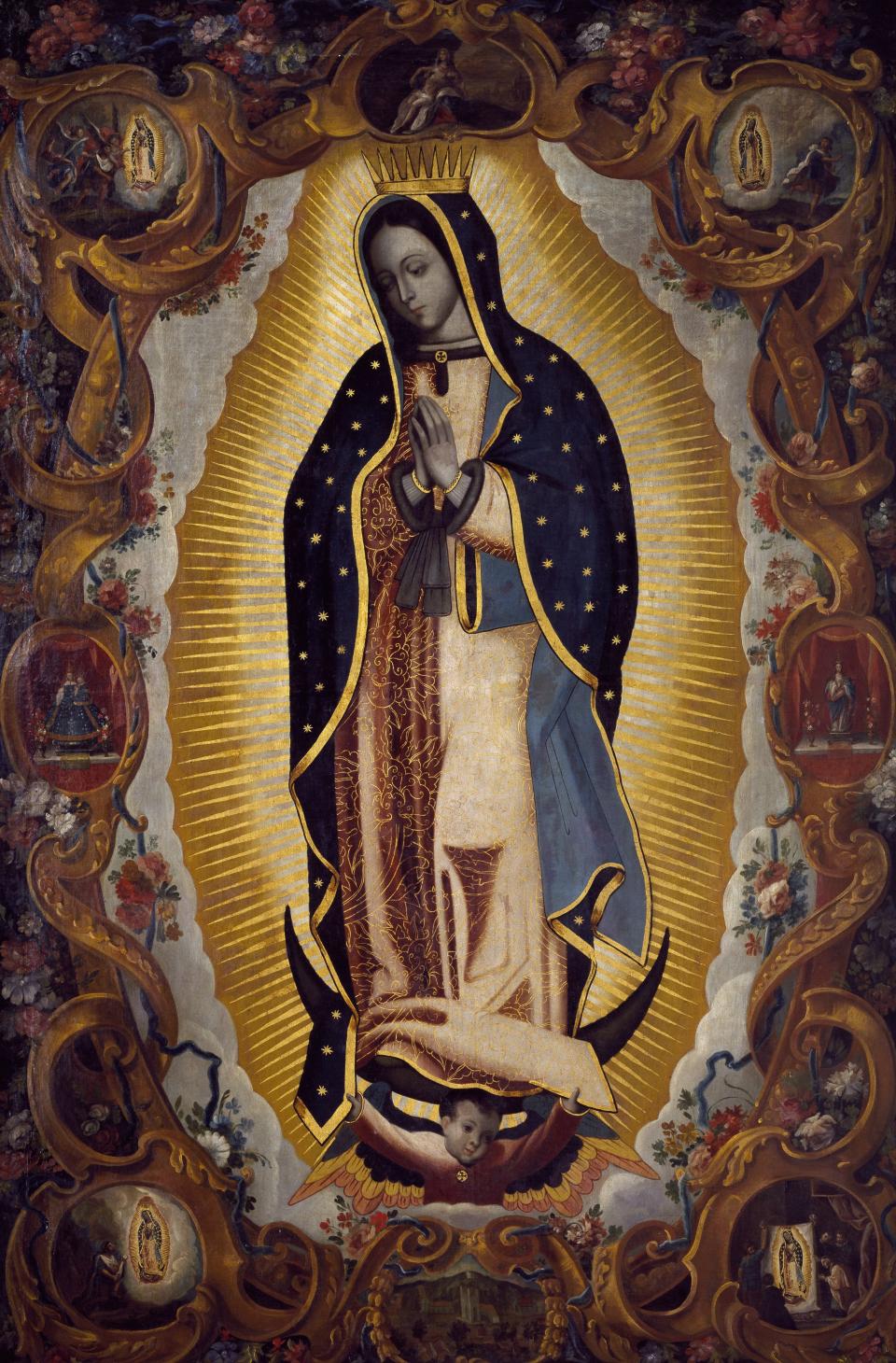
Mary is believed to have appeared to Juan Diego, an Aztec convert to Christianity, in 1531. According to the story, she asked that a shrine be built to her at the site of the apparition and left her image on the inside of a cloak. That image is now venerated at the Basilica of Guadalupe.
1830, Paris
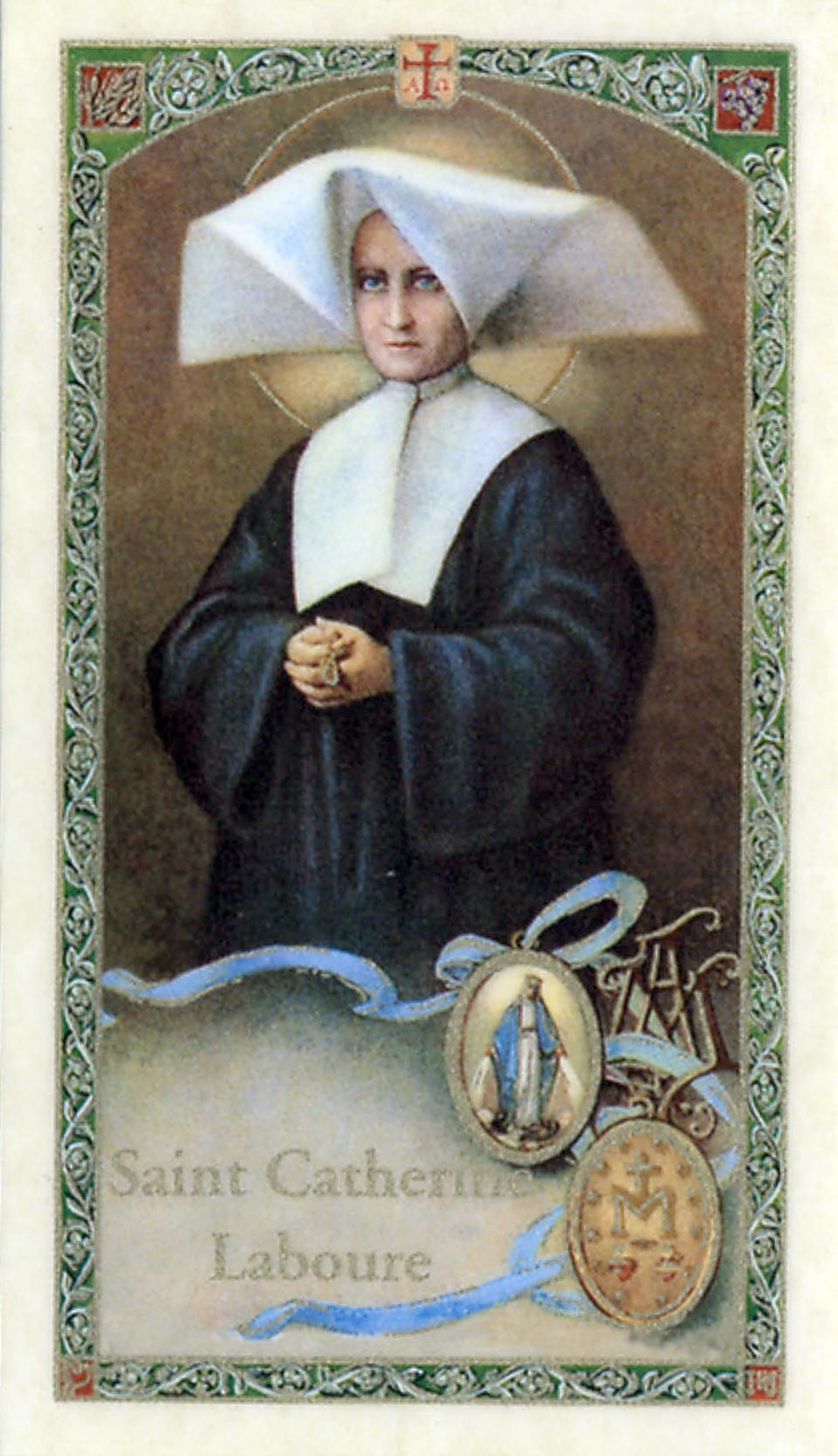
According to tradition, Mary appeared to a young novice named Catherine Laboure (pictured here), who was part of the society of the Girls of the Charity.
1846, La Salette, France
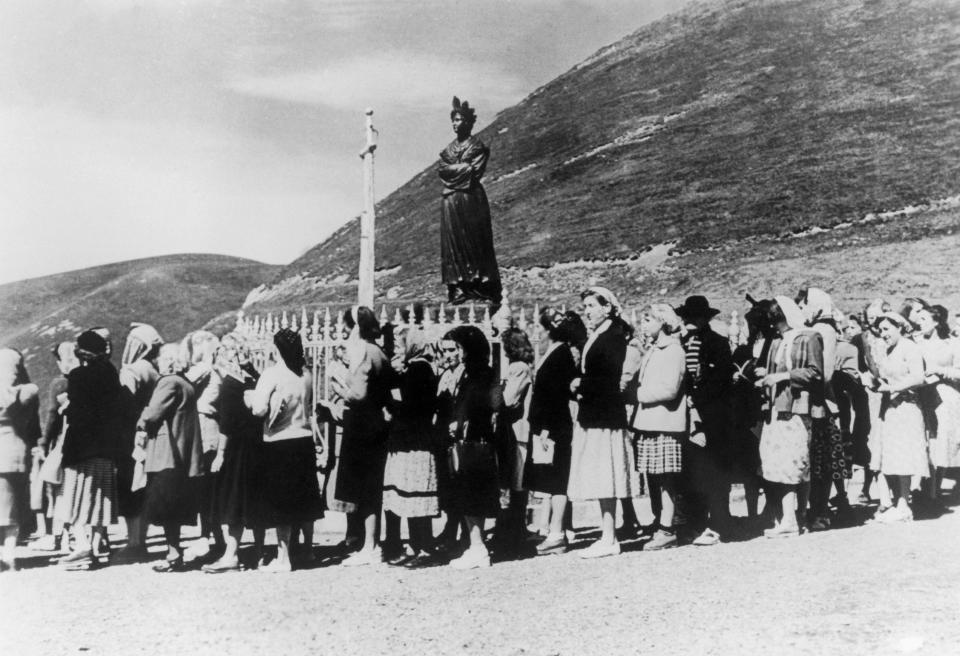
A group of pilgrims travel to a holy site in the French Alps, where Mary is said to have appeared to two young shepherds.
1858, Lourdes, France
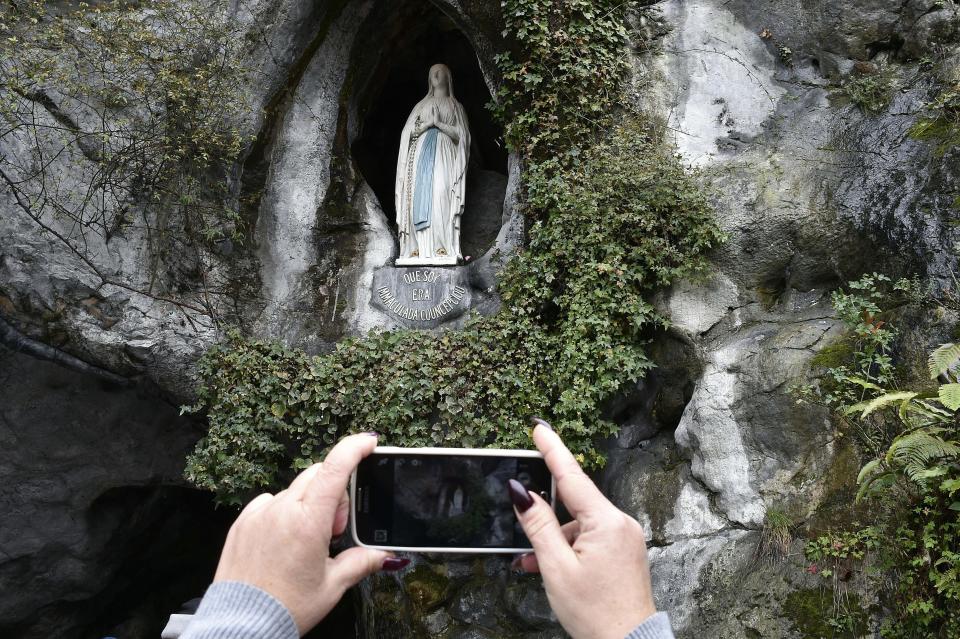
1879, Knock, County Mayo, Ireland
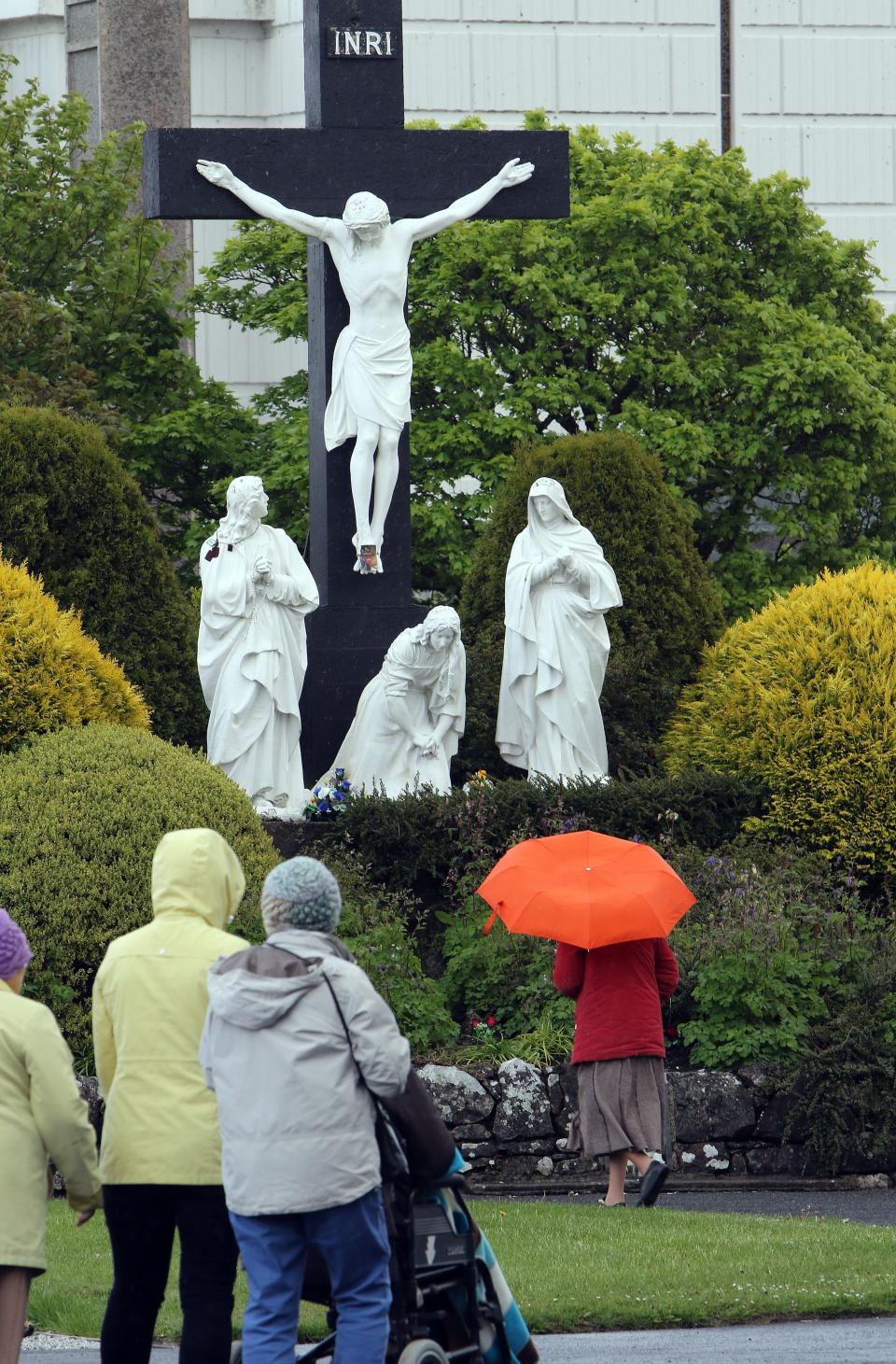
Many Catholics believe that at least 15 people saw Mary appear over the altar of a village chapel in Knock, Ireland, along with Joseph, John the Apostle and a lamb.
1917, Fatima, Portugal
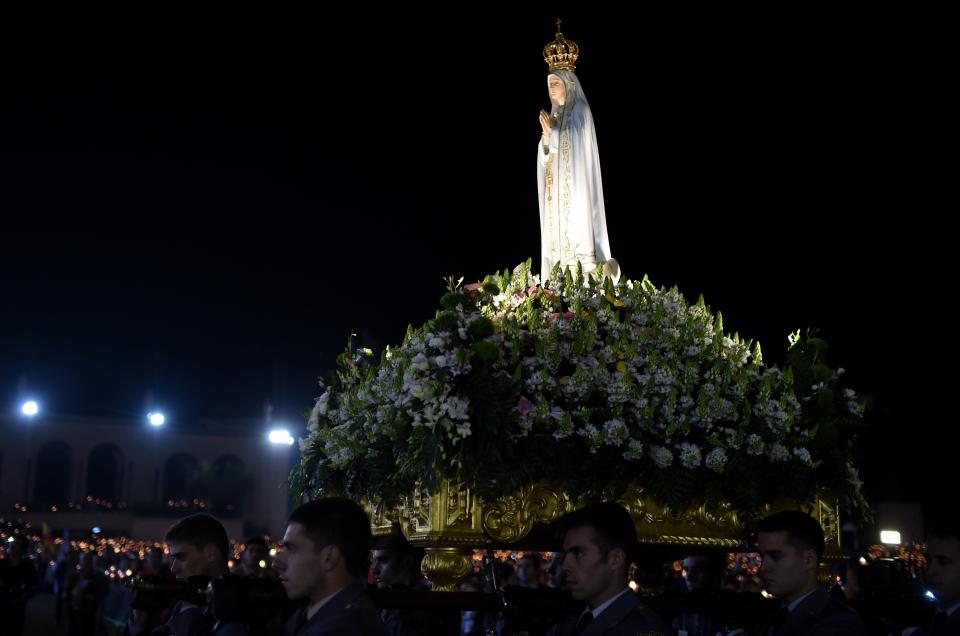
The Vatican has called the visions at Fatima the "most prophetic of modern apparitions." A group of young children reported seeing the Virgin six times while they were tending sheep in Fatima.
1932-33, Beauraing, Belgium
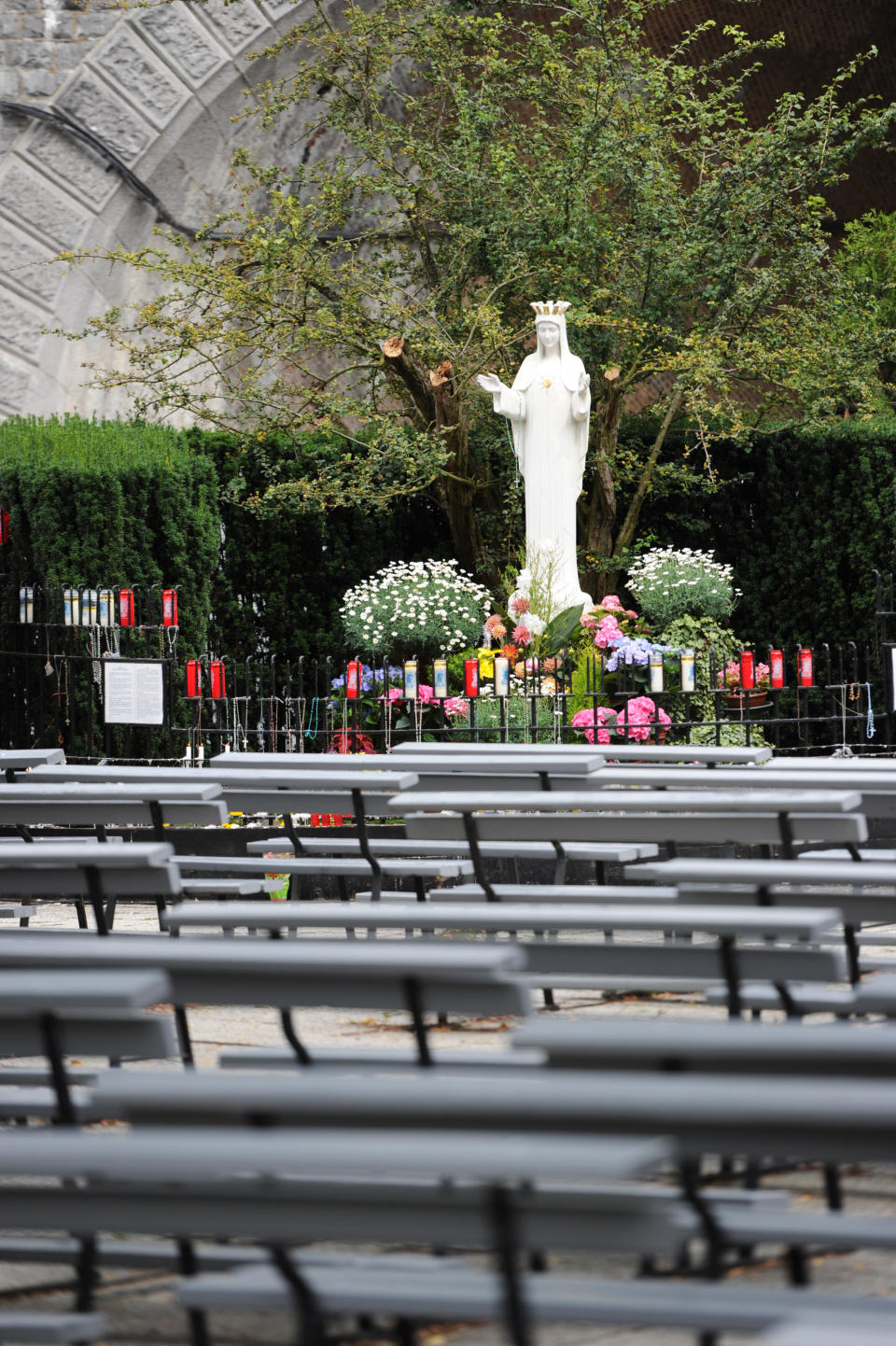
Five children said that Mary appeared to them in the playground of their convent school in Belgium.
1933, Banneux, Belgium
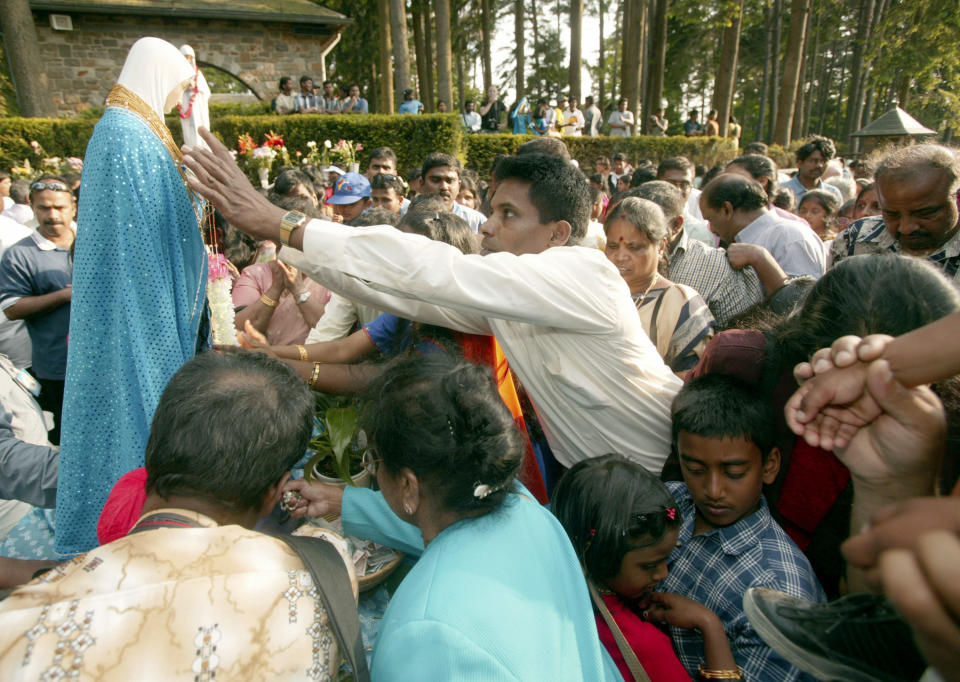
On Jan. 15, 1933, a young woman named Mariette Beco was reportedly standing at her kitchen window when she saw the Virgin Mary calling her from the garden. She claimed that she saw the apparition seven more times that year.
1980s, Kibeho, Rwanda
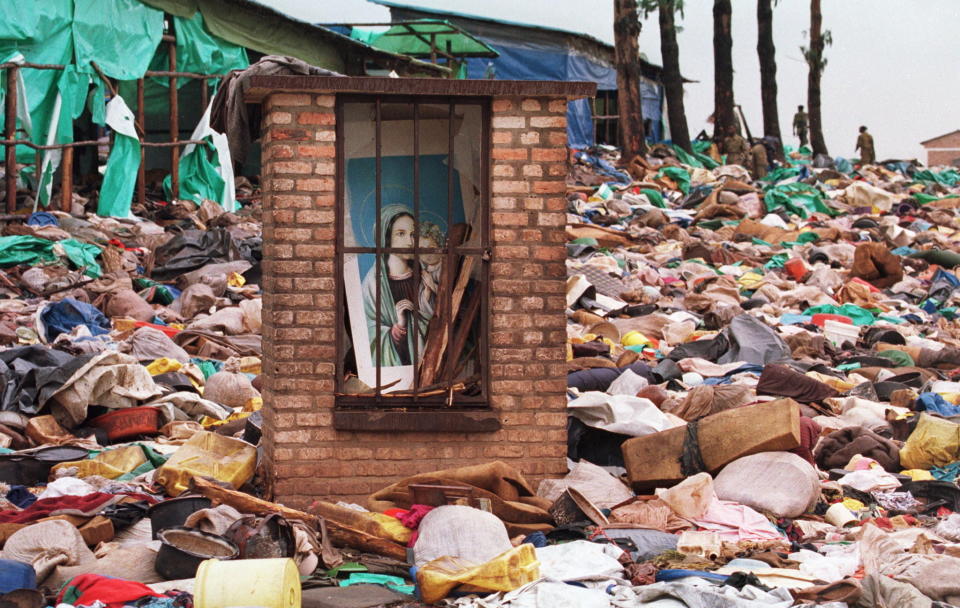
1981, Medjugorje, Bosnia-Herzegovina
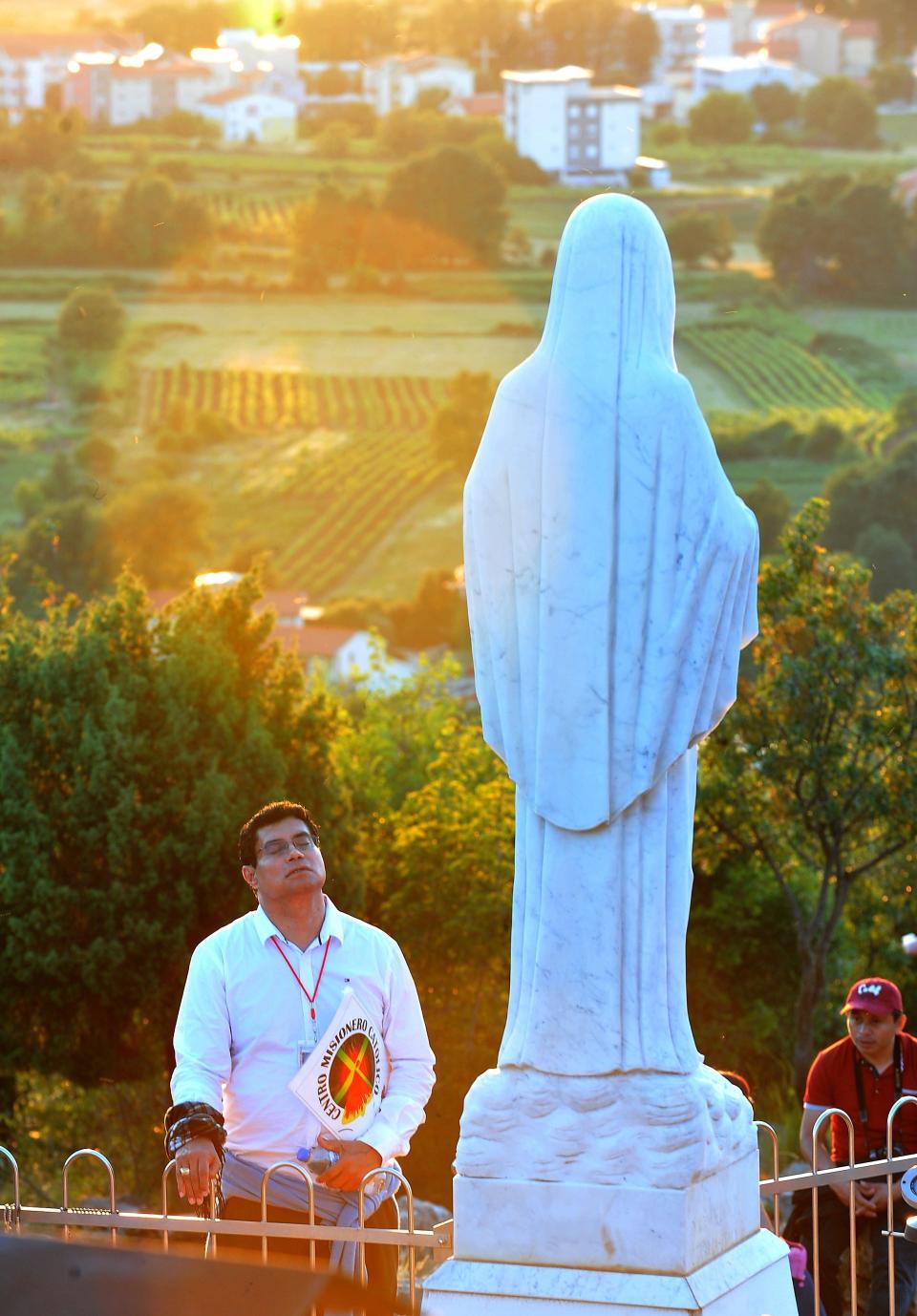
In 1981, six children reported seeing visions of the Virgin Mary with a child in her arms. Unlike with other sightings, some of the witnesses in this case claim they have continued to see the apparitions over the subsequent decades. As a result, the Medjugorje visions are contested within the Catholic Church. Although the region's local bishop has said that he doesn't believe the apparitions are authentic, more than 1 million pilgrims visit the site every year. The Vatican has investigated the apparitions and is preparing to release its findings.
This article originally appeared on HuffPost.

